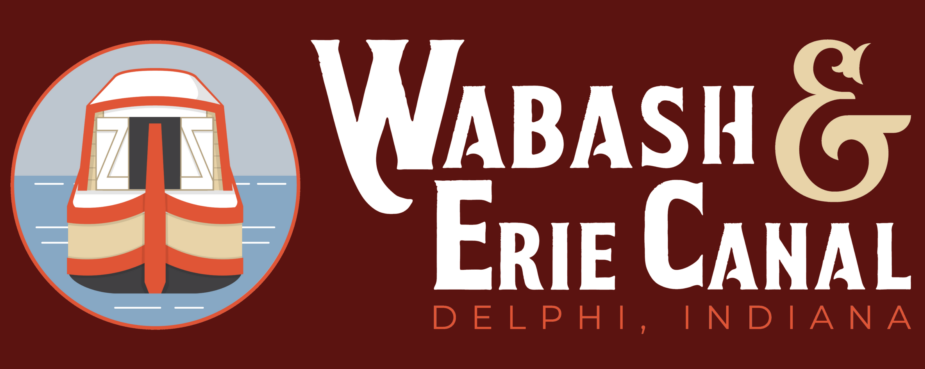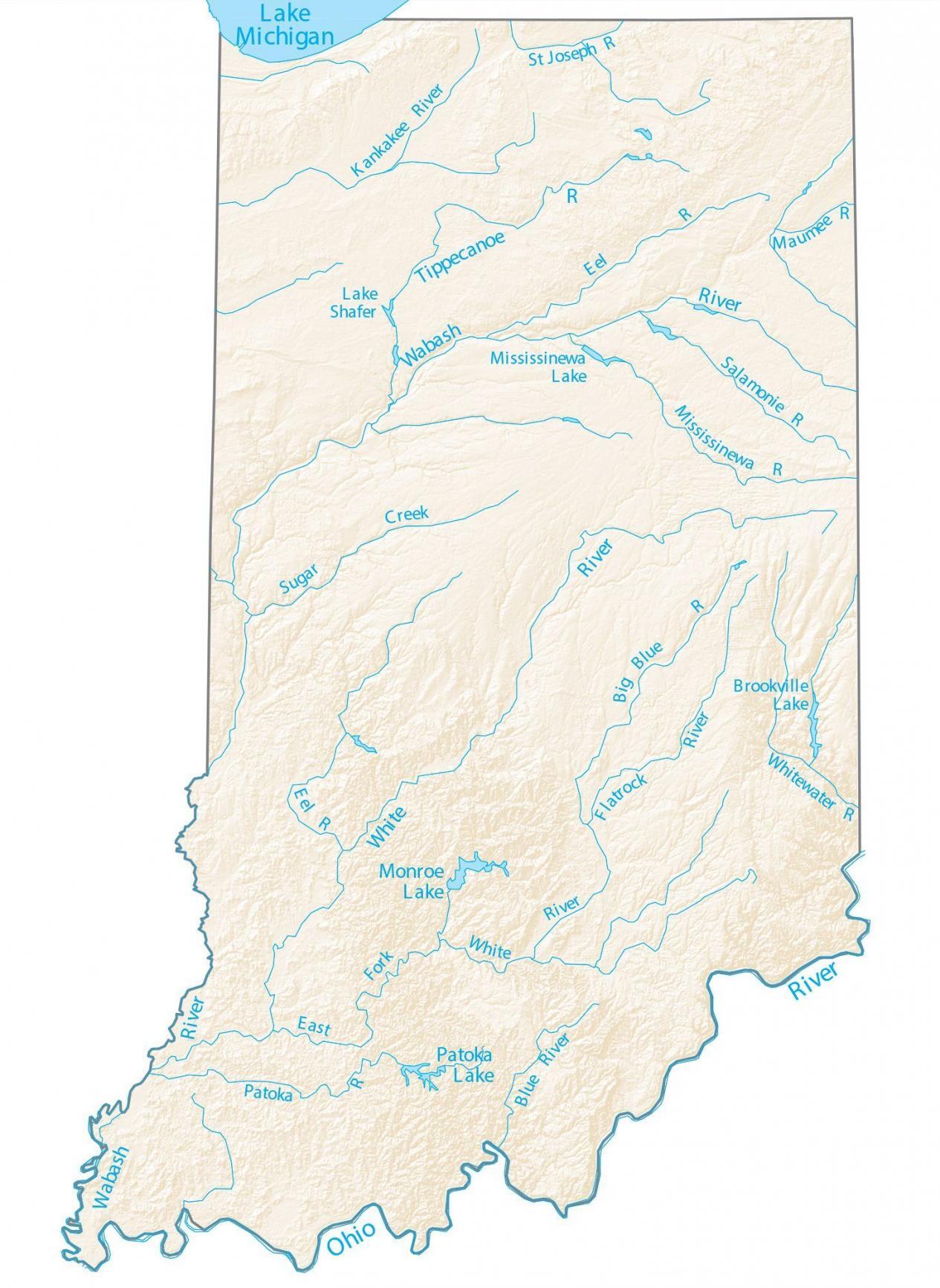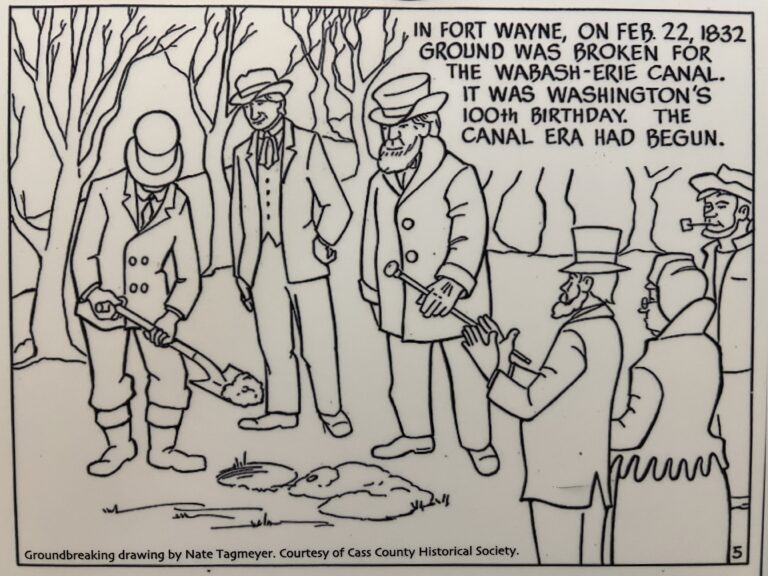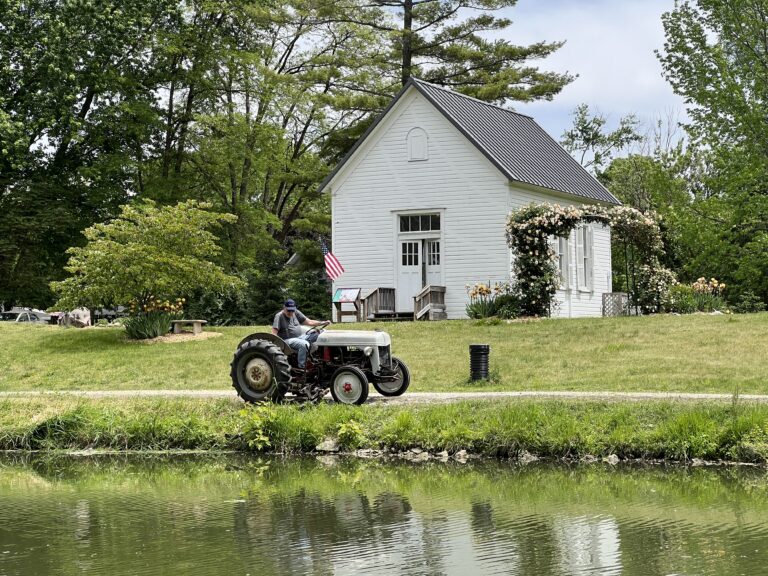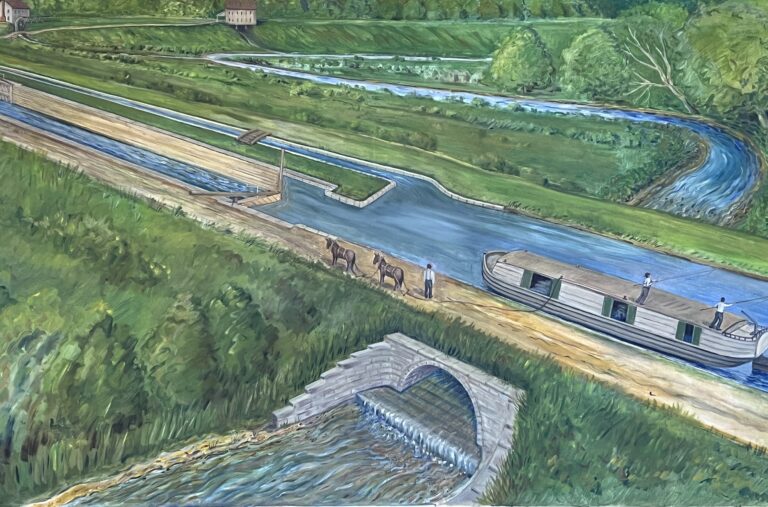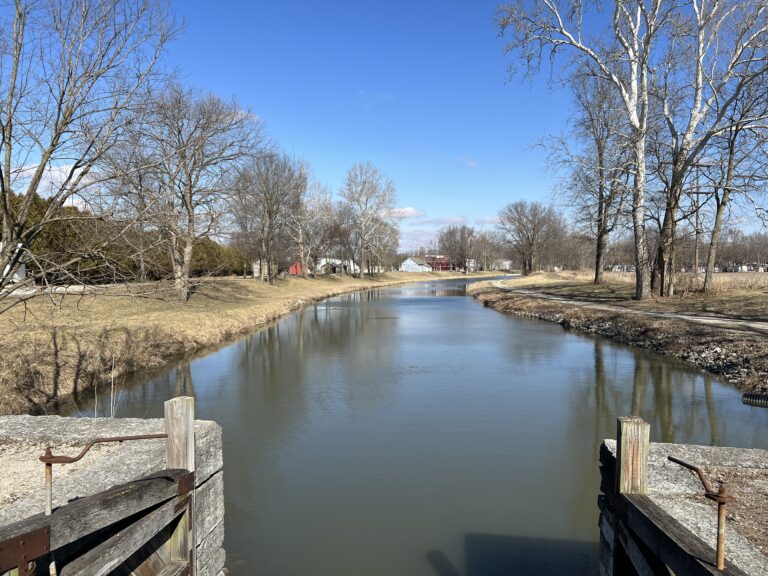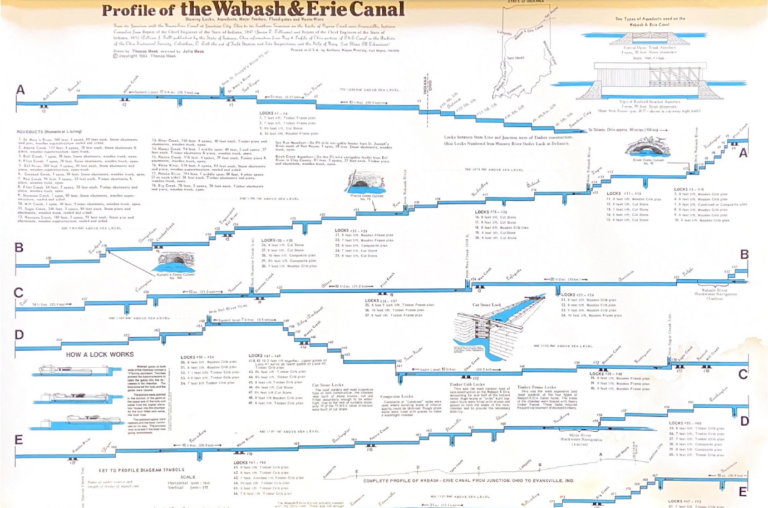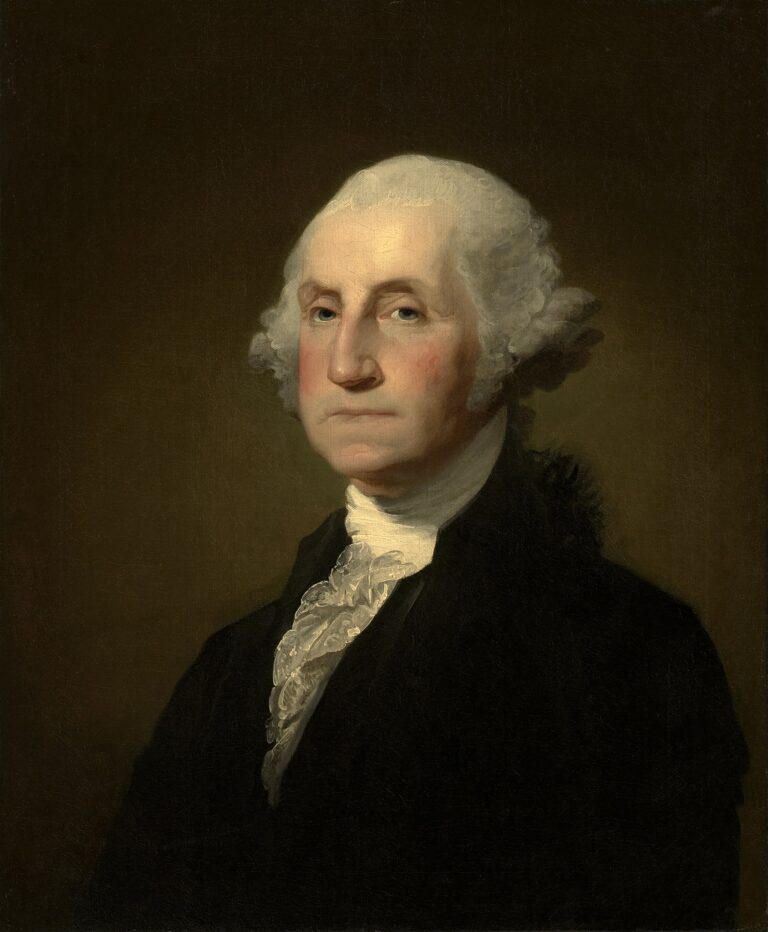Note: This series originally aired on WBOI FM public radio of Northeast Indiana. Thanks to Tom Castaldi for allowing and facilitating its reproduction.
Can you name a state with rivers flowing in every direction of the compass? Well, in Indiana, the Saint Mary’s flows north, the Tippecanoe to the south, the Maumee heads its waters east and the Wabash moves slowly and deliberately to the west. But these streams are wild ones draining the excesses of melted ice, snow or rainfall, as well as holding reserves of moisture for dry seasons on a natural basis. It was the river and creeks that became the source of water that filled the Wabash & Erie Canal. This eliminated strong downstream currents for a more controlled movement of cargo, people, and water wheels.
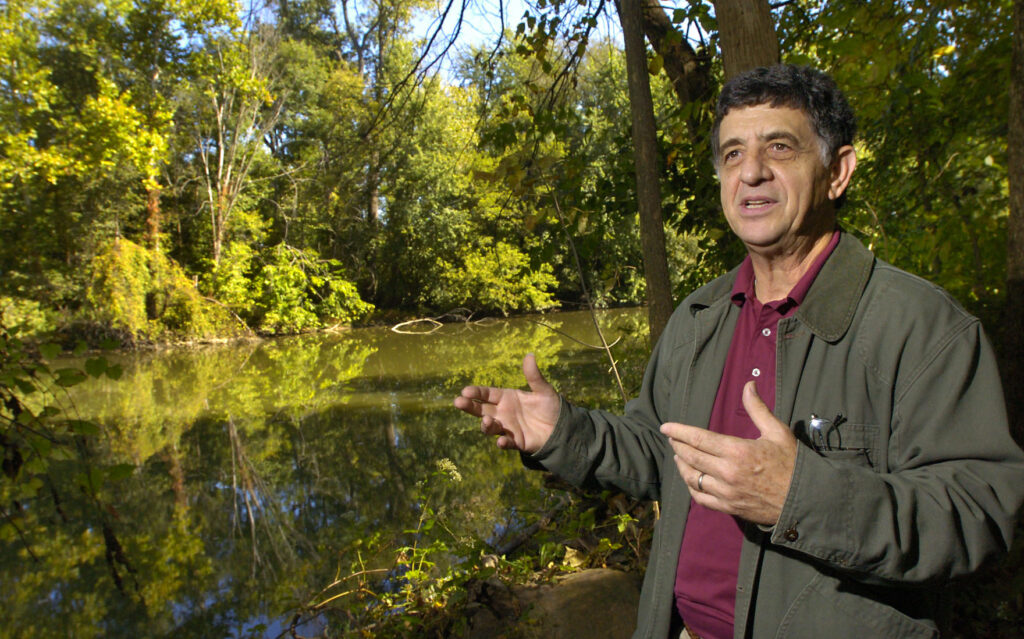
Canals, however, must be free of too much water from feeder dams built across the rivers in dry seasons or natural rainfall in wet times. Excess water flowing in from a feeder or being dispelled from the canal created a slight current that was strong enough to put to good use. Large water wheels turning in the running water moved grist stones to make flour from grain or turned saw blades to cut logs into boards or rotated smaller wheels that connected with machines by long leather belts.
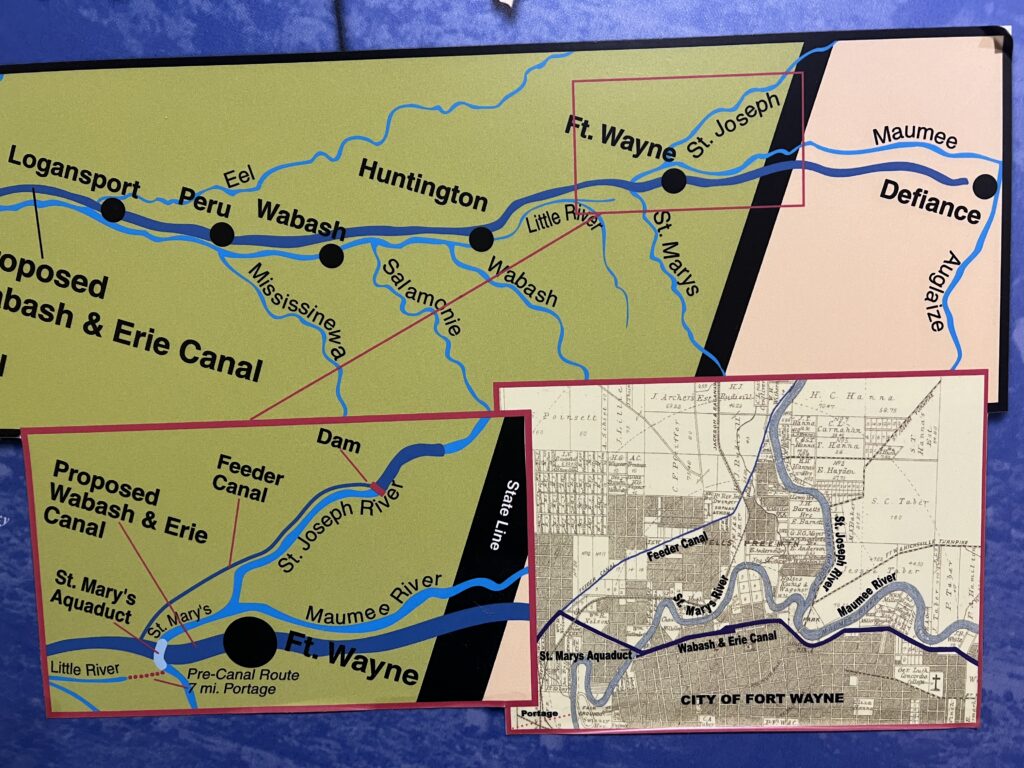
What remains of one feeder dam can be seen in the Wabash River at the Historic Forks of Wabash Park in Huntington County. Old timbers and fieldstones from the structure lie at the bottom of the river to this day. And remnants of an overflow structure called a waste weir are visible in the towpath a few yards west of Clear Creek on the south side of U.S. Highway 24. Controlling the level of the water in the canal established another resource. Without the wild river feeders, canals could not have become a reality. Without the water in the canal, heavily laden boats could not be urged along by horse or mule, and without the excesses of canal water, mills could not be operated that gave birth to modern day industry. Even with rivers flowing in all directions, it took the canals to put the river’s resources to good use.
